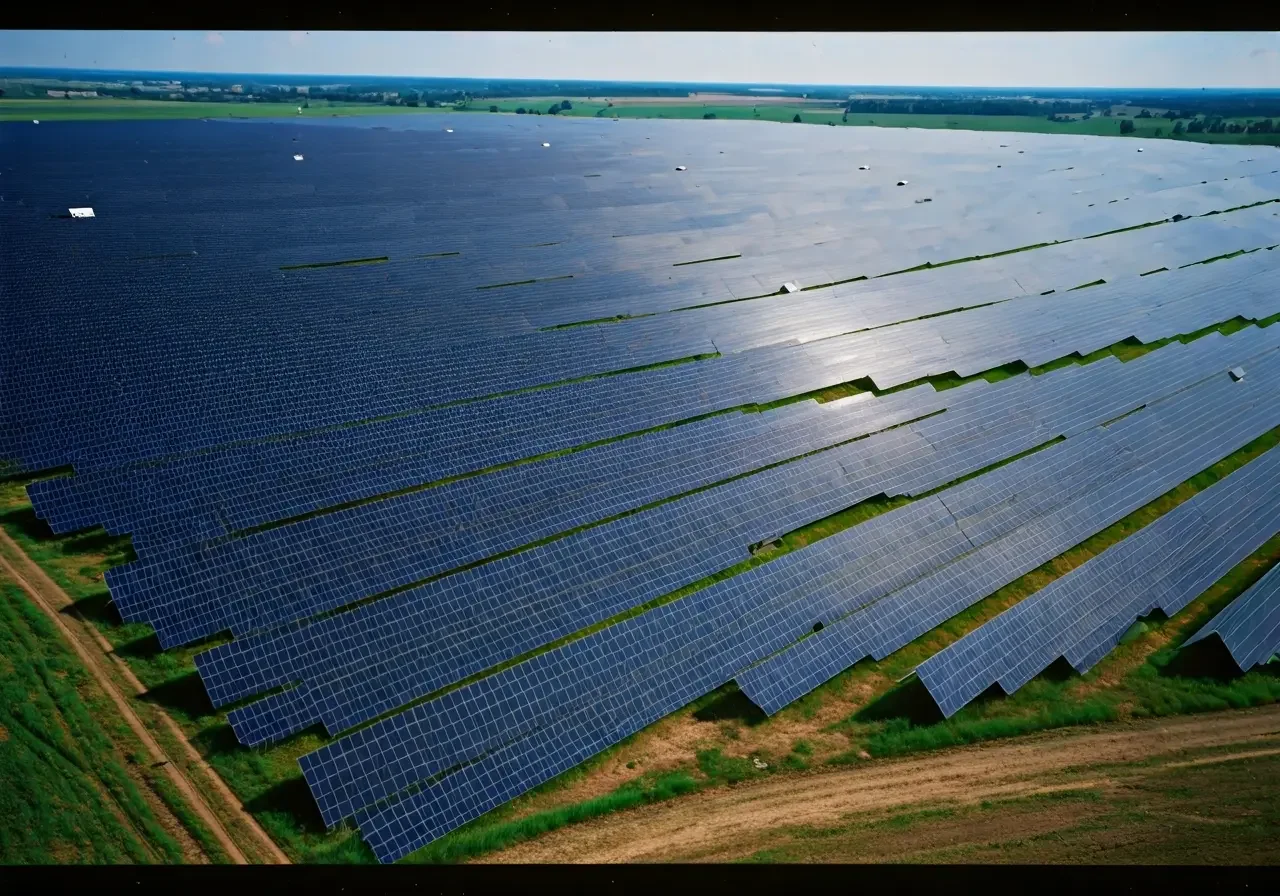What Are Solar Arrays and How Do They Work?
Solar arrays are becoming an increasingly common sight as we look for sustainable energy solutions. But what exactly are they, and how do they function to harness the sun's power for our use? In this FAQ, we'll explore the basics of solar arrays, their components, and their operation.
What Are Solar Arrays?
Solar arrays are assemblies of photovoltaic (PV) panels that are connected together to capture sunlight and convert it into electricity. They are a key component in solar energy systems, providing a practical solution for clean and renewable energy.
These arrays are typically installed on rooftops or open land, strategically placed where they can receive maximum sunlight throughout the day. By integrating multiple solar panels, a solar array can generate a substantial amount of electricity, suitable for both residential and commercial use.
Not only do solar arrays help reduce energy bills, but they also contribute to environmental preservation by reducing dependence on non-renewable energy sources.
How Do Solar Panels Work?
At the heart of each solar array are photovoltaic panels, which are made up of cells that transform sunlight directly into electricity through the photovoltaic effect. This process involves the absorption of photons which then generate electricity by displacing electrons in silicon cells.
When sunlight hits the photovoltaic cells, it excites electrons, creating a flow of electric current. This current is initially in the form of direct current (DC) which needs to be converted to alternating current (AC) for usage in our homes and businesses.
The effectiveness of solar panels depends on several factors, including the quality of the panels, the angle of installation, and the local climate. Even in cloudy conditions, modern solar panels can still produce electricity.
Components of a Solar Array System
Key components of a solar array system include solar panels, inverters, a mounting structure, and sometimes a battery storage system. The inverter plays a crucial role by converting the generated direct current (DC) into alternating current (AC) used in homes and businesses.
Solar panels are the face of the solar system, capturing sunlight. Inverters are the brains, converting the sun's energy into usable power. The mounting structure ensures stability and optimal positioning toward the sun.
In certain setups, battery storage systems are added to store excess generated power for later use, particularly beneficial during nighttime or on cloudy days.
Advantages of Solar Arrays
Solar arrays provide numerous benefits, including reducing reliance on fossil fuels, lowering electricity bills, and minimizing carbon footprints. They are eco-friendly and have the potential to generate energy even in less sunny climates.
One of the significant advantages of solar arrays is their long-term cost-effectiveness. After the initial investment, the maintenance costs are relatively low, and the savings on energy bills can be substantial over time.
They also add a sustainable value to properties, making homes more attractive to environmentally-conscious buyers. The environmental benefits are impressive, with each solar array installation contributing to the reduction of harmful emissions.
Challenges and Considerations
While solar arrays offer many advantages, there are also challenges such as the initial cost, space requirements, and dependent energy production based on weather conditions. Considerations also include proper maintenance and choosing the right system size for specific energy needs.
Properly evaluating your available roof or land space is crucial since solar installations require a substantial area to be effective. Additionally, future planning is essential, as your energy consumption patterns may change over time.
Investing in a quality solar array from a reputable source and understanding the local incentives and rebates available can significantly mitigate these challenges.
Harnessing the Sun's Power: A Bright Future with Solar Arrays
Understanding solar arrays and their operation is pivotal as we advance towards more sustainable energy resources. These systems not only offer a renewable power source but also pave the way for innovative energy solutions. As solar technology continues to evolve, it's exciting to consider the potential for even greater efficiency and accessibility in harnessing the sun’s power. Visit our homepage to explore how SunFusion can help you take the next step towards cleaner, renewable energy.


